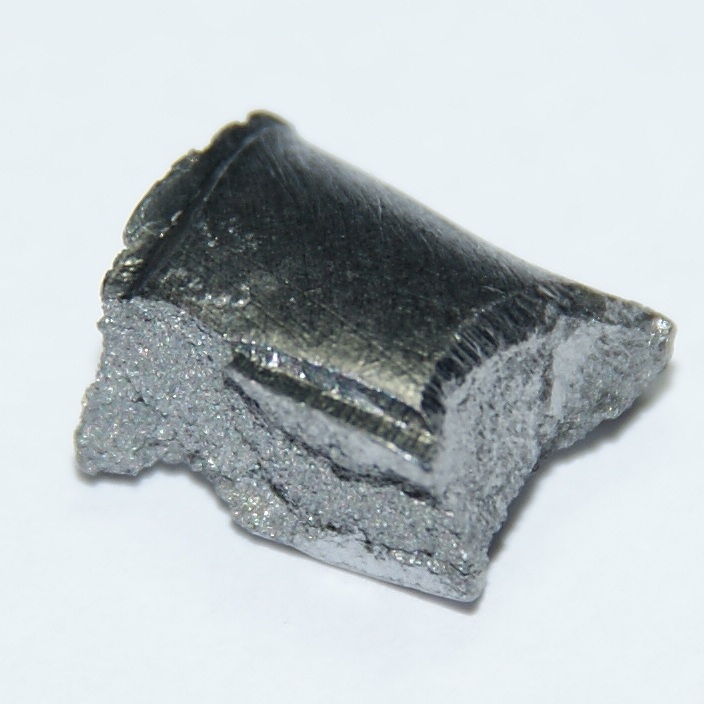
Terbium(Tb) is the one of the lanthanide element with an atomic number 63. Terbium is a silvery white earth metal that is malleable, ductile and soft enough to be cut with a knife. Terbium is an electropositive metal that reacts with water producing hydrogen gas. Terbium is never found as pure element in nature. However, terbium is found as component of many minerals like cerite, gadolinite, monazite, xenotime nad euxenite. Terbium was discovered by Swedish chemist Carl Gustaf Mosander as a separate elemental compound in 1843. Terbium was named after the village of Ytterby in Sweden as yttrium metal. Terbium was not purified until ion exchange technique was found. Most of terbium supply is used in green phosphorous. Nowadays, the richest commercial sources of terbium are the ion-adsorption clays of southern China. Only small amounts of terbium occur in bastnasite and monazite. Due to terbium’s rareness and its expensive prices, it has few commercial uses.
Applications of Terbium:
Terbium is used as a dopant in calcium fluoride, calcium tungstate and strontium molybdate. These 3 materials are used in solid-state devices and as crystal stabilizer of fuel cells which operate at elevated temperatures
Terbium is used in alloys and in the production of electronic devices.
Terbium is used in actuators, in naval sonar systems, sensors, in the SoundBug device and other magnetomechanical devices
Terbium is used as a probe in biochemistry, where it resembles calcium in its behavior
Terbium is used to detect endospores, as it acts as an assay of dipicolinic acid based on photoluminescence
Terbium is used in laser and semiconductor devices
Terbium is used in color phosphorous in lighting applications such as trichromatic lighting and in color TV tubes. It also makes the green color on Blackberry or other high definition screen
Terbium is used to make terbium-iron alloy which is needed to provide metallic films for magneto-optic recording of data
Terbium is used to make a magnet with neodymium and dysprosium that is base of electric motors of hybrid car engines and all other electric motors
Comments
Post a Comment